As you know, we love digging through old archives, magazines, newspapers, books. Some of these we are gifted, some we find on our own, some we search for painstakingly and others come by way of my father who’s work in an antique bazaar allows many opportunities to come across wonderful old treasures. Today we are sharing, among other things, a letter which shares something we’ve always known, Willa Cather and her love of Czechs.
The provided excerpt offers just a glimpse into the extensive article. To unlock the full content, become a Patreon patron. Our team meticulously gathers and curates valuable information, sparing you hours, days, or even months of research elsewhere. Our goal is to streamline your access to the best of our cultural heritage. However, a portion of the content is locked behind a Patreon subscription to help sustain our operations and ensure the continued quality of over 1,200 pages of our work.
Alternatively, you can contribute through Venmo, PayPal, or by sending cash, checks, money orders. Additionally, buying Kytka’s books is another way to show your support.
Your contribution is indispensable in sustaining our efforts and allows us to continue sharing our rich cultural heritage with you. Remember, your subscriptions and donations are vital to our continued existence.




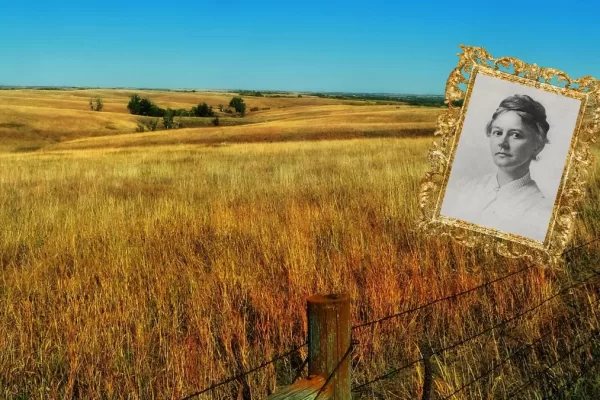

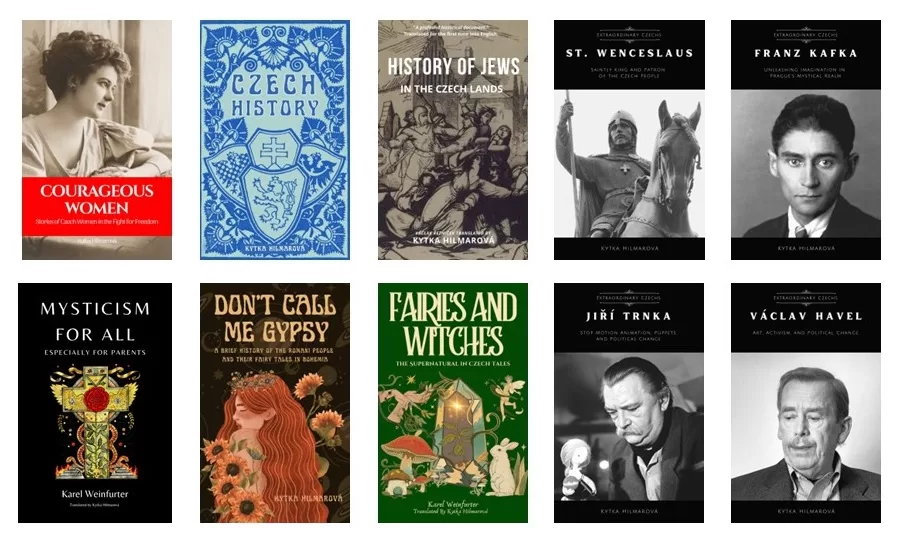


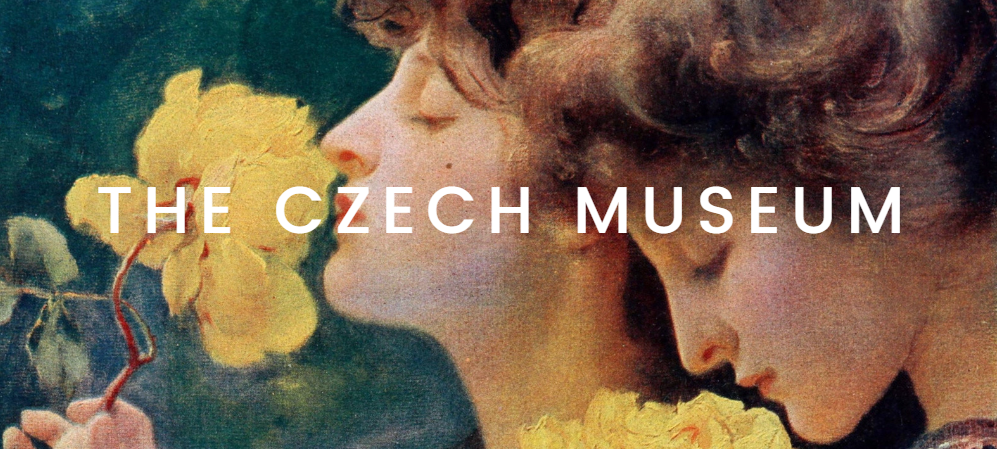








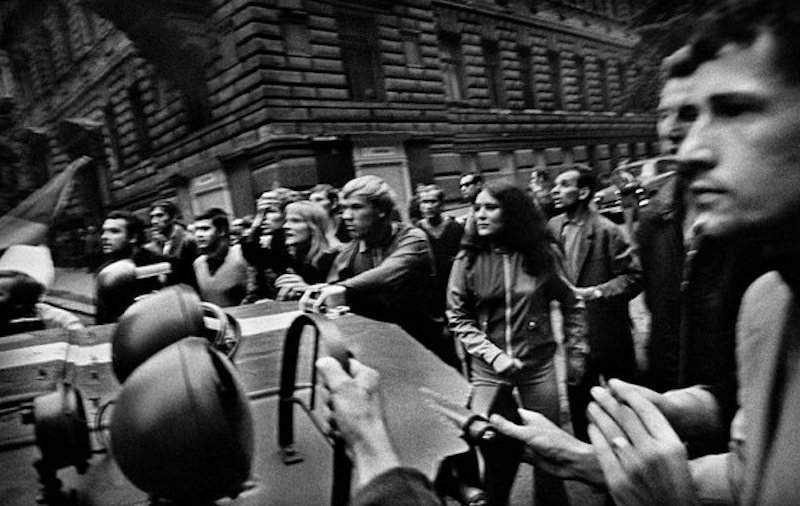
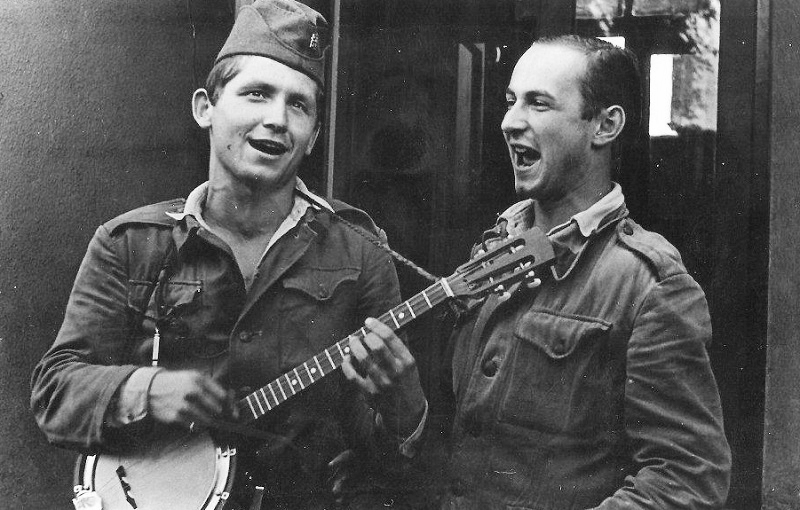
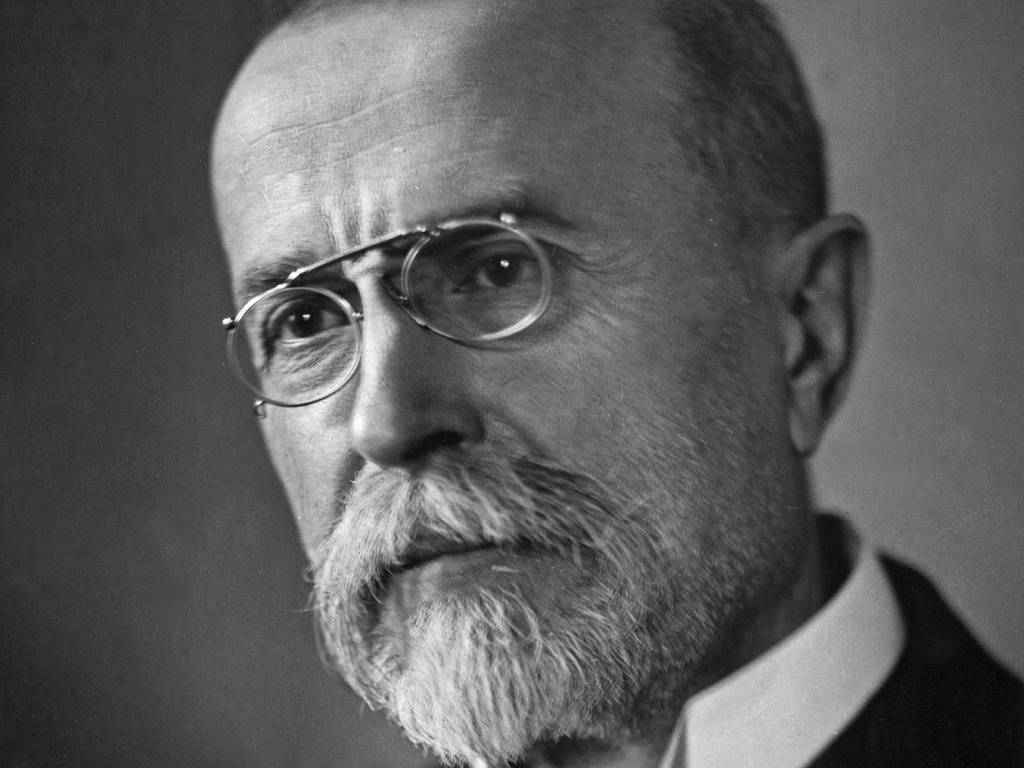
“they were the only neighbors of this vicious, inquisitive and receptive girl” — I suspect you mean vivacious :)
I have read Willa Cather and always thought she has a strong love for the Bohemians in her stories. Your post confirms this. This post is really a good piece of writing, keep it up.